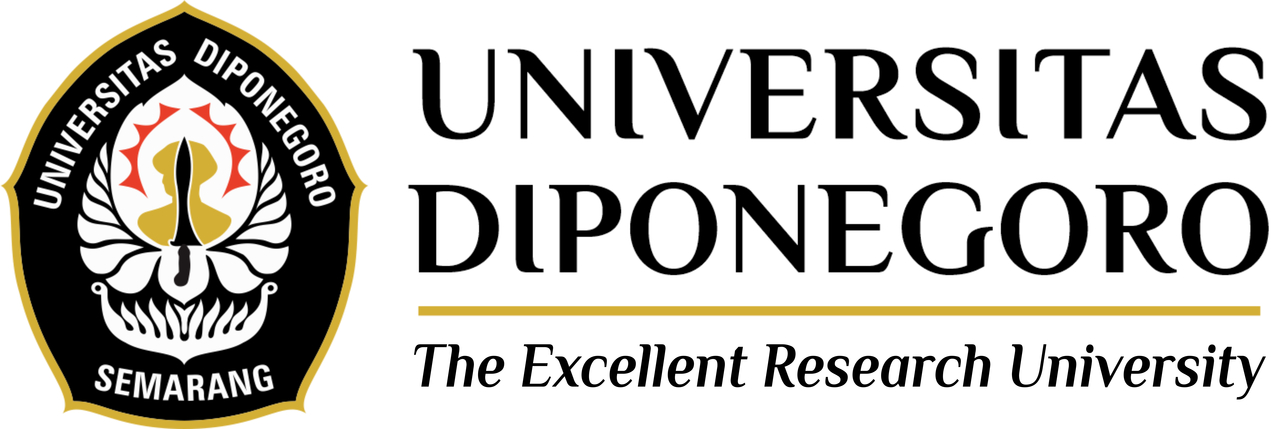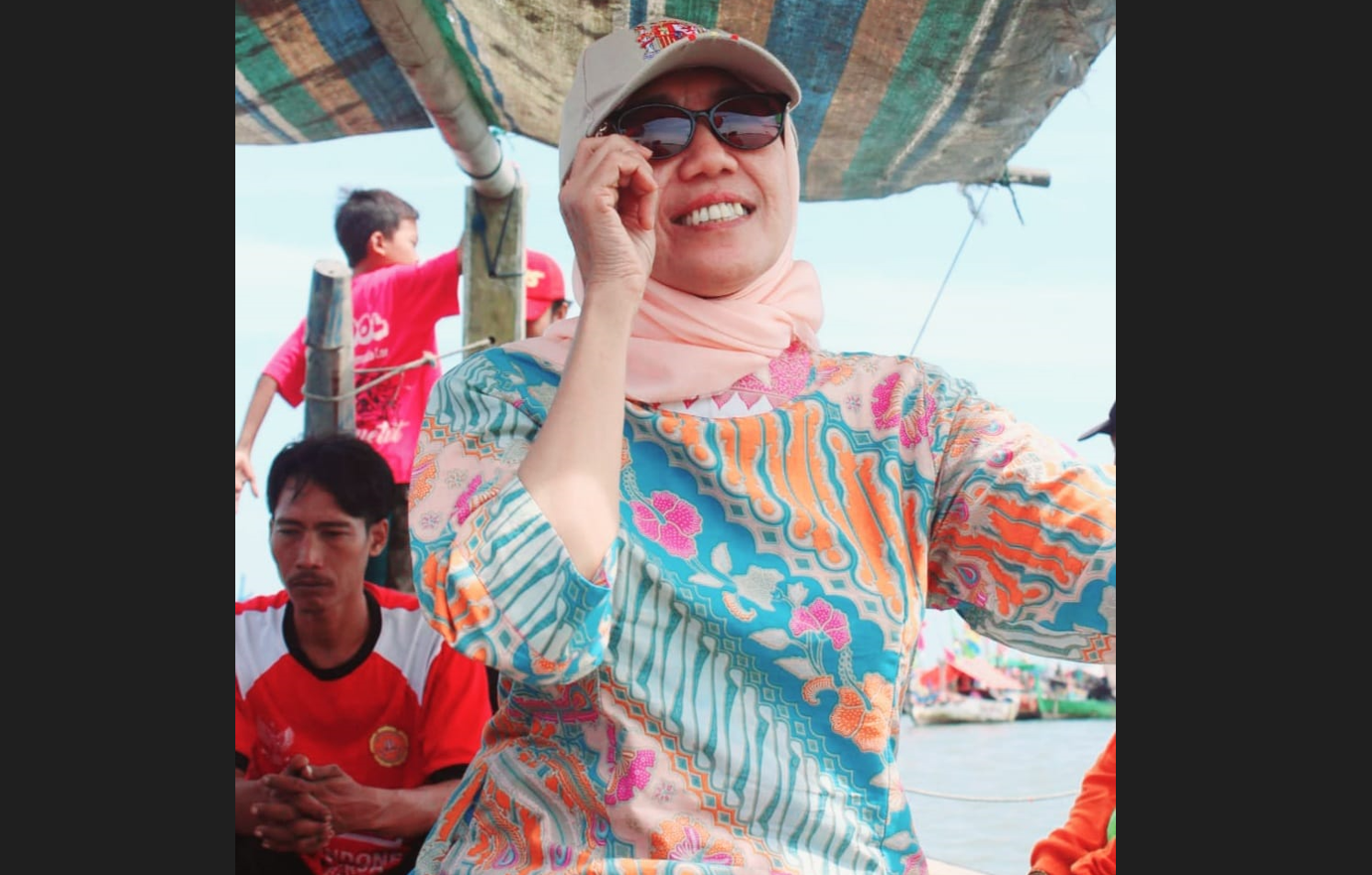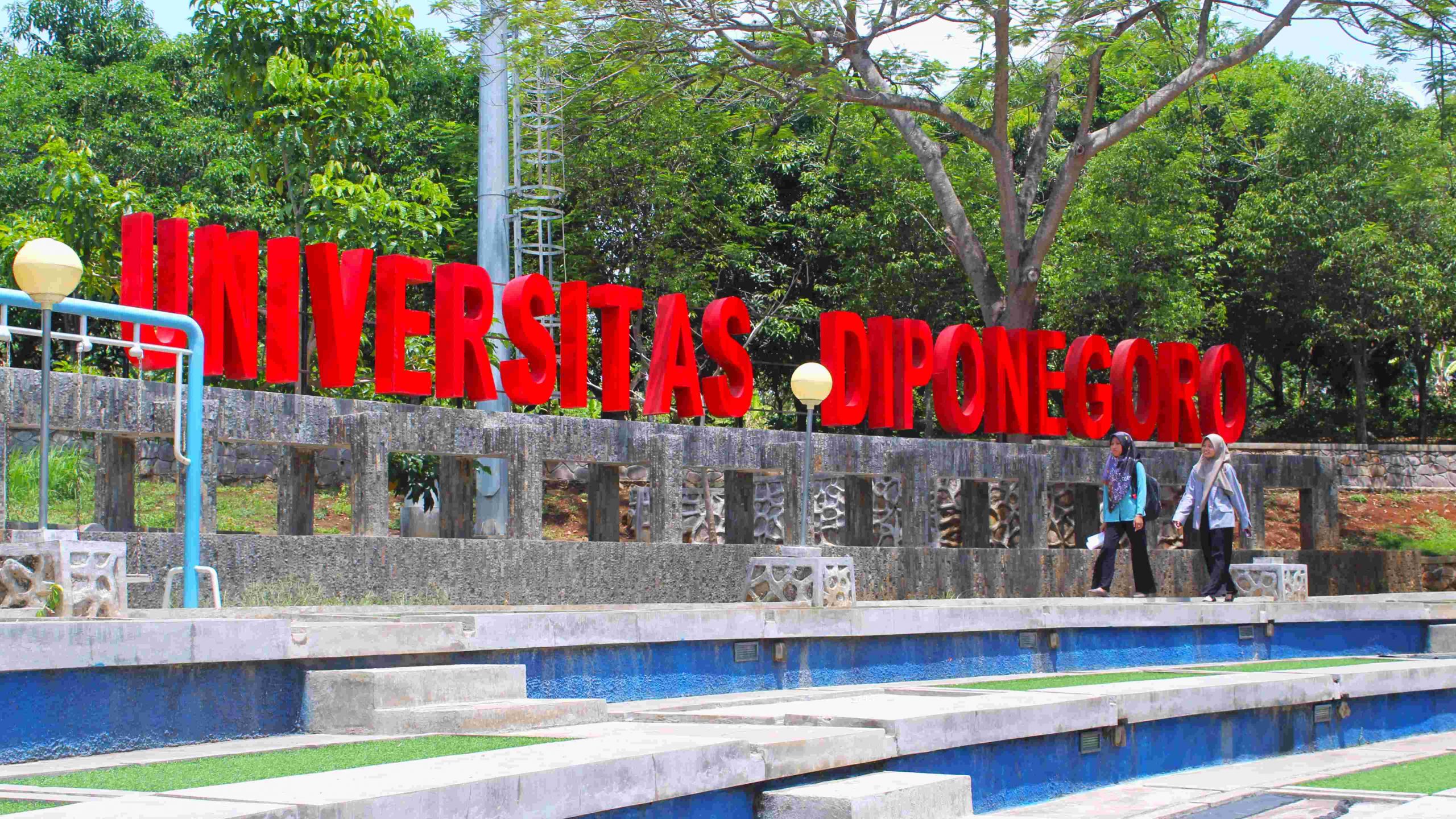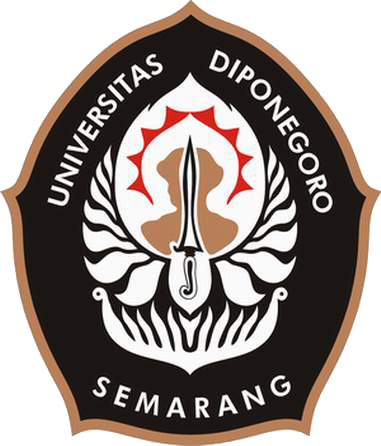Dr. Ir. Sri Redjeki, M.Sc., Lecturer at the Faculty of Fisheries and Marine Sciences (FPIK) Diponegoro University with expertise in Marine Biology in her research on Biotechnology and Conservation of Blue Crab (Portunus pelagicus) in Betahwalang Waters and its surroundings, said that blue crab (Portunus pelagicus) is one of the largest export commodities of Indonesia’s fishery after shrimp, tuna and cuttlefish. The aims of her research included knowing the condition of the blue crab population, knowing the reproductive potential of blue crab resources, and conducting studies related to potential areas for blue crab reproduction through an analysis of the abundance of blue crab larvae.
“The study of blue crab resources was carried out through the analysis of morphometric parameters. It is known that the blue crab resources are in a critical condition due to high fishing by fishermen, so appropriate and sustainable utilization and management are needed. While the reproductive potential of blue crab resources is carried out through biological analysis of female crab which includes the composition of the gonadal maturity level of female crab, the proportion of female crab laying eggs, estimation of size at first maturity (L m) and size at first caught (L c), and calculation of SPR (Spawning Potential Ratio),” she explained.
Furthermore, Dr. Sri Redjeki said the results of the SPR analysis showed a figure of 14% which was included in the category below the Biological Limit Reference Point (20%). It means that the potential for reproduction and recruitment in Betahwalang Waters is being disturbed or requires attention in managing blue crab resources. These conditions indicate the need for management efforts to maintain the success of the blue crab reproductive cycle. The blue crab reproductive area can be described by analyzing the density of blue crab larvae which are known to live and grow around coastal waters and river estuaries according to their life cycle patterns.
“The megalopa phase of the blue crab larvae is most commonly found throughout the year, while the zoea phase and crablet phase are only found in certain months. The abundance and distribution of blue crab larvae is used as a reflection of the potential of natural stocks and areas that need to be given special management,” she concluded. (LW/Rafi – Public Relations)






